The last great barrier is the silence between the islands. We have awakened the buildings, giving them minds, turning them into intelligent agents that can anticipate, learn, and act. But they are still alone, brilliant monoliths of computation in a disconnected world. The next inevitable step in this long journey is to connect them, to allow the thinking office to speak to the thinking hotel, to allow the intelligent campus to coordinate with the city's smart electrical grid. The next step is to build the network for the physical world.
And in this moment, as we stand on this new threshold, the entire, sprawling, two-century history of computing converges. Every ghost we have chased, every idea we have unearthed, provides the foundation for what comes next, for the tangible reality of the world we are just now beginning to build.
Think of it. The "poetical science" that Ada Lovelace dreamed of—a machine that could compose and orchestrate—is becoming the AI agent composing a symphony of actions in a physical space.¹ The programmable "Analytical Engine" that Charles Babbage designed in brass and iron is now the world's physical infrastructure, the ultimate machine to be programmed. The universal, adaptable logic that Alan Turing imagined is now the agent in the cloud, capable of applying its intelligence to any building, any system. The brute-force, strategic intelligence that won the war at Bletchley Park is now beginning to optimize our cities for energy efficiency and human comfort.
The hardware revolution, from ENIAC's glass tubes to the transistor's solid rock, gave this intelligence its body. The quest for a common language, from IBM's System/360 to the simple elegance of BASIC, gave it a voice. The great schism in AI, between the top-down logic of the symbolic school and the bottom-up learning of Geoffrey Hinton's neural networks, finds its synthesis here: an agent that can both reason about a goal and learn from the messy data of the real world. And the ARPANET, the network that first connected the machines, has laid the groundwork for the nervous system that will connect intelligent environments.
This is the dawn of the Physical Intelligence era. It is not a story about more apps or more dashboards. It is the story of the technology finally beginning to disappear, to weave itself into the fabric of our world until it becomes invisible, anticipatory, and calm.² It is the story of an environment that is learning to think with us.
And this future is not theory. As we speak, the very first company dedicated to making this new reality possible has emerged. Fibric is building the foundational platform to connect these intelligent agents, taking the "poetical science" that Ada Lovelace first imagined and making it function in the physical reality of the structures we have built around ourselves.³
The long journey has brought us here, to this moment. The quest that began with the question, "Can a machine think?" has led us to a world where our environments can anticipate, adapt, and serve. The ghost has not only escaped the machine; it is beginning to infuse the world. This is not the end of the story. It is the very, very beginning.
Citations:
¹ Lovelace, Ada. "Notes on the Sketch of The Analytical Engine Invented by Charles Babbage." 1843. Her vision for a machine that could operate on more than just numbers is the foundational concept for a general-purpose, agentic AI. The complete translation and notes are available via university archives and online collections.
² Riva, G., et al. "Ambient Intelligence: The Evolution of Technology, Communication and Cognition Towards the Future of Human-Computer Interaction." The New Village: The Pervasive Community, edited by G. Riva et al., IOS Press, 2005. This work explores the evolution toward environments where technology is embedded and anticipatory. This collection is an academic work available in university libraries.

.png)



.jpg)
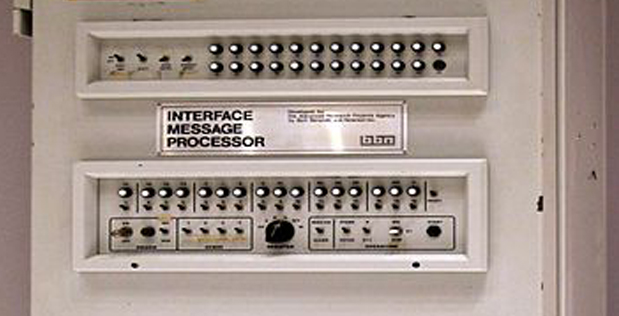
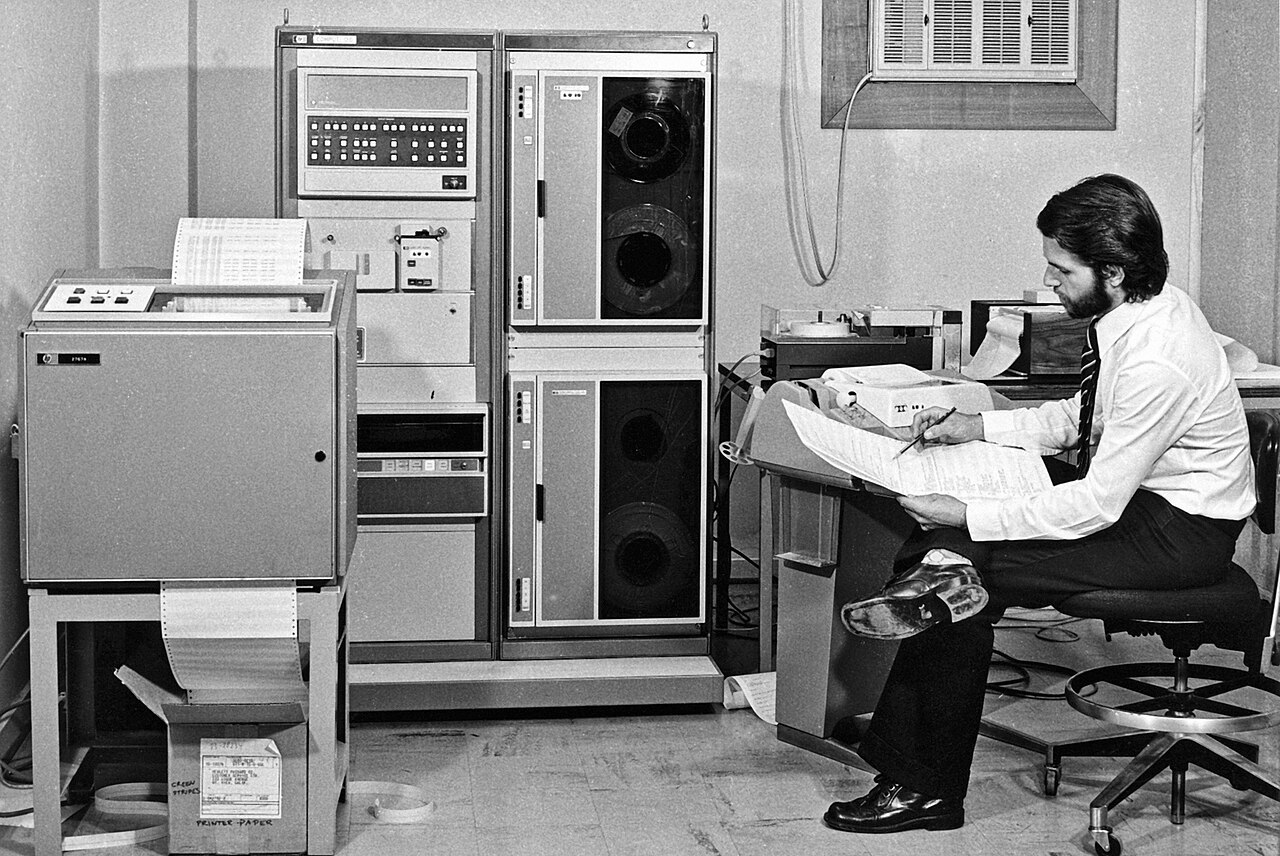
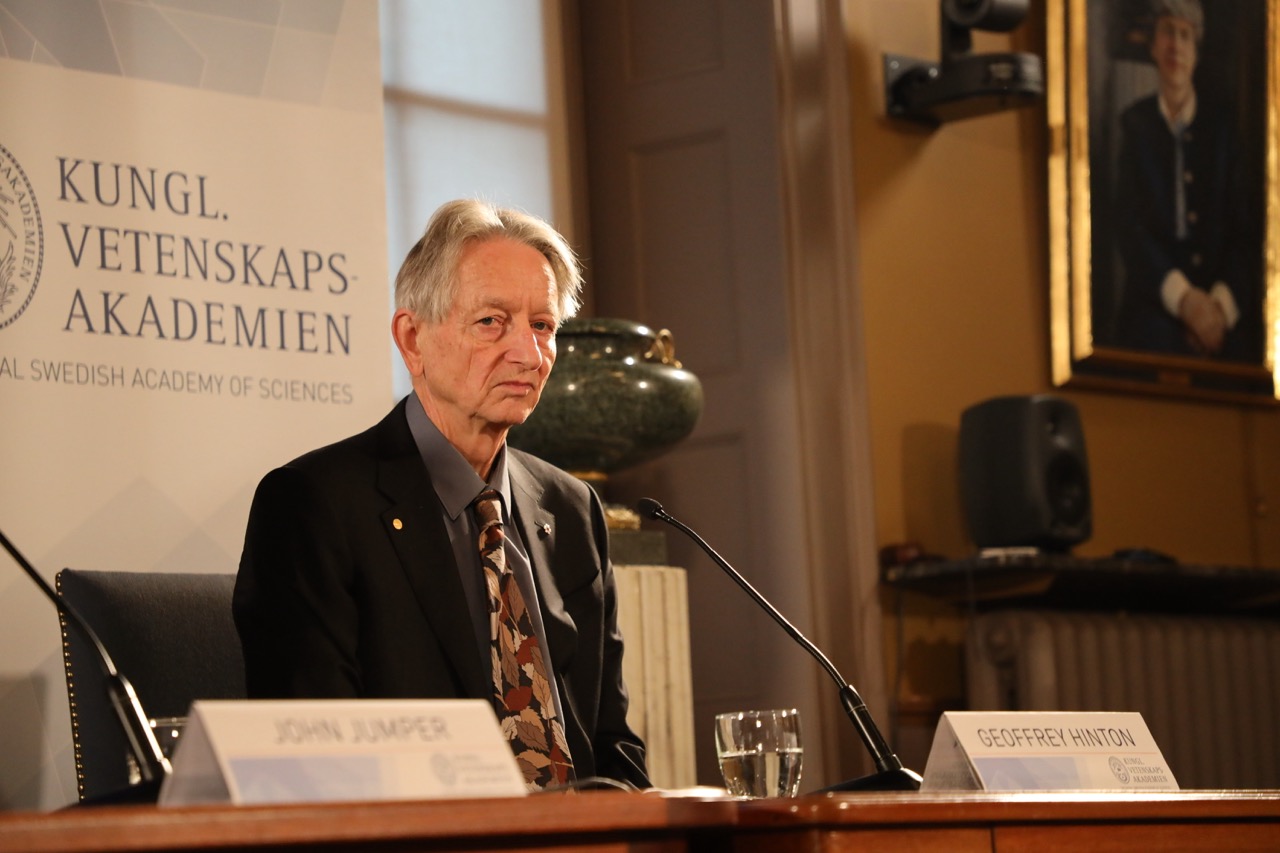
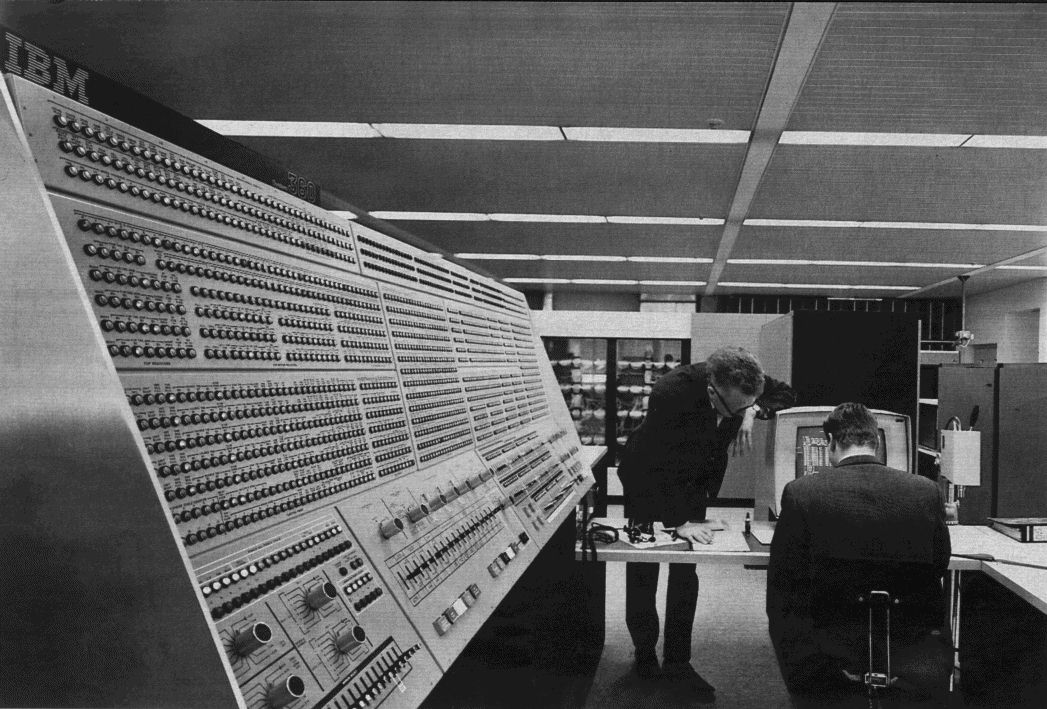


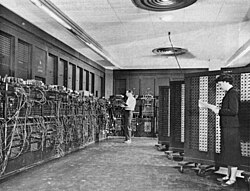
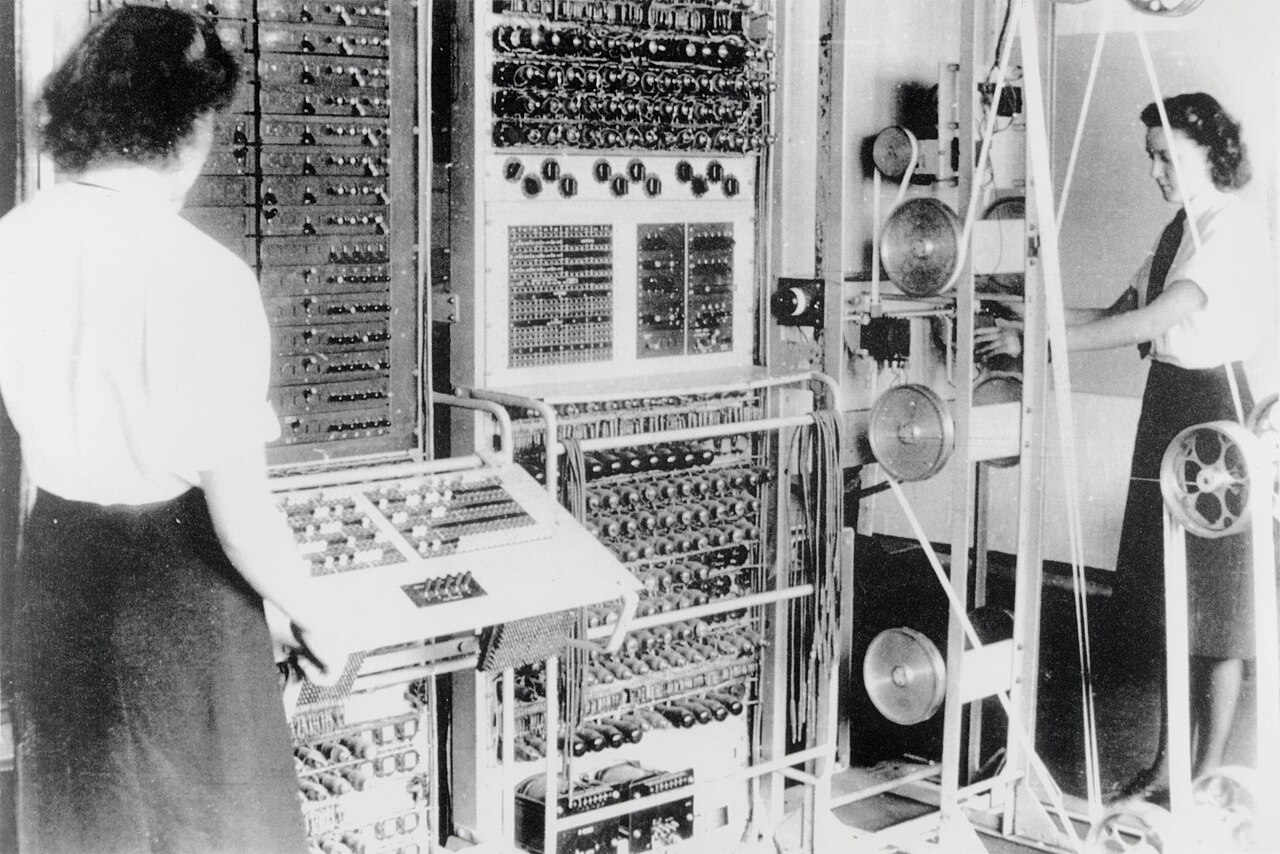

_School_-_Charles_Babbage_(1792%E2%80%931871)_-_814168_-_National_Trust.jpg)


